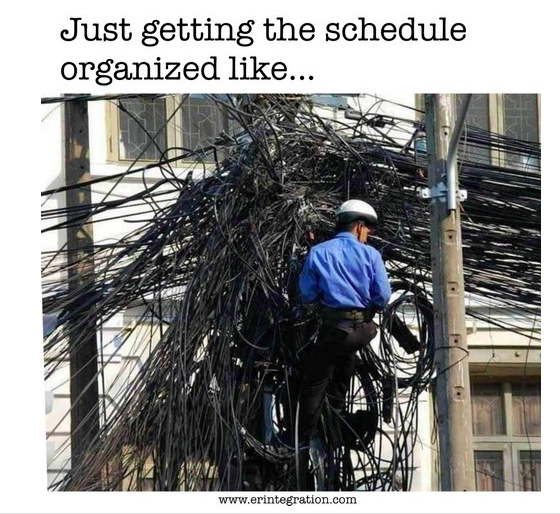This week’s topic was very close to my heart since I work in a community school and with the pandemic, sadly I had to experience that technology is not a force for equity but it makes the ‘opportunity gap’ even bigger. Having said that, I do agree with my peers, Kalyn and Nataly regarding the many benefits of technology.
Technology, especially Open Educational Resources (OERs) provide greater access to information with no cost to people who have access to devices, broadband as well as the ability to make the most of what technology has to offer. There is no doubt that technology can help when it comes to reaching all students with different abilities through personalized learning plans. Assistive technology tools, such as Google Read and Write, Microsoft’s Immersive Reader, as well as the wide variety of levelled readers (Newsela, Scholantis, etc.), help not only English language learners, but our students with both learning-, and physical disabilities. As my professor Dr. Alec Couros pointed out though, educators do have to be careful how to implement the assistive technology tools, since it “can create equity and also inequity”. My classmate, Curtis shared a wonderful way to avoid students feeling singled out by teaching how to use these tools to the whole class, since they can be beneficial for all students.
Another idea I agree with presented by Kalyn and Nataly is that technology can help with individualized content, instruction and assessment. Having said that, I would have to agree with Victoria and Jasmin who do not see technology as a force for digital equity due to the digital divide.
Limited access to technology can be a major set back. I have experienced teachers learning great ways to implement technology, such as having blended- or flipped lessons, or giving students projects to work on at home, but they end in failure due to lack of devices or broadband. Lack of technical skills or knowledge of Mike Ribble‘s nine elements of the digital citizenship can become obstacles as well. Not being aware of how to read laterally, the abundance of information can cause high level of anxiety and stress.
The more I think about technology being a force for equity in schools, the stronger I feel that unless we address the issues of affordability, accessibility and varying ability, our students will be limited in their mobility when it comes to navigating technology. Societal inequalities need to be addressed in order to close the ‘opportunity gap’ our most vulnerable people are experiencing.



